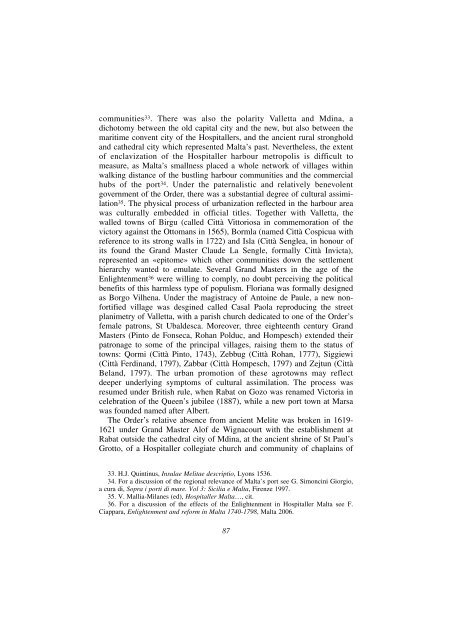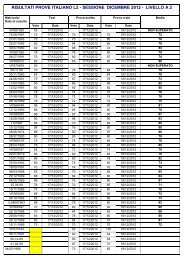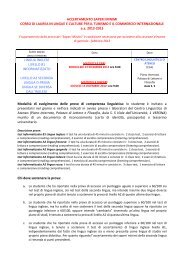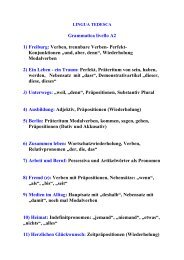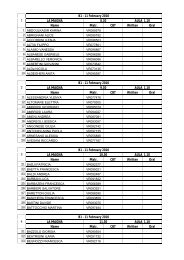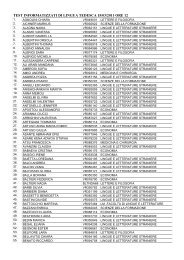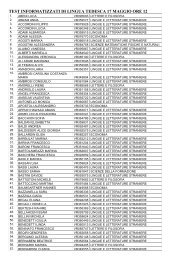Charles Dalli
Charles Dalli
Charles Dalli
Create successful ePaper yourself
Turn your PDF publications into a flip-book with our unique Google optimized e-Paper software.
communities 33. There was also the polarity Valletta and Mdina, a<br />
dichotomy between the old capital city and the new, but also between the<br />
maritime convent city of the Hospitallers, and the ancient rural stronghold<br />
and cathedral city which represented Malta’s past. Nevertheless, the extent<br />
of enclavization of the Hospitaller harbour metropolis is difficult to<br />
measure, as Malta’s smallness placed a whole network of villages within<br />
walking distance of the bustling harbour communities and the commercial<br />
hubs of the port 34. Under the paternalistic and relatively benevolent<br />
government of the Order, there was a substantial degree of cultural assimilation<br />
35. The physical process of urbanization reflected in the harbour area<br />
was culturally embedded in official titles. Together with Valletta, the<br />
walled towns of Birgu (called Città Vittoriosa in commemoration of the<br />
victory against the Ottomans in 1565), Bormla (named Città Cospicua with<br />
reference to its strong walls in 1722) and Isla (Città Senglea, in honour of<br />
its found the Grand Master Claude La Sengle, formally Città Invicta),<br />
represented an «epitome» which other communities down the settlement<br />
hierarchy wanted to emulate. Several Grand Masters in the age of the<br />
Enlightenment 36 were willing to comply, no doubt perceiving the political<br />
benefits of this harmless type of populism. Floriana was formally designed<br />
as Borgo Vilhena. Under the magistracy of Antoine de Paule, a new nonfortified<br />
village was desgined called Casal Paola reproducing the street<br />
planimetry of Valletta, with a parish church dedicated to one of the Order’s<br />
female patrons, St Ubaldesca. Moreover, three eighteenth century Grand<br />
Masters (Pinto de Fonseca, Rohan Polduc, and Hompesch) extended their<br />
patronage to some of the principal villages, raising them to the status of<br />
towns: Qormi (Città Pinto, 1743), Zebbug (Città Rohan, 1777), Siggiewi<br />
(Città Ferdinand, 1797), Zabbar (Città Hompesch, 1797) and Zejtun (Città<br />
Beland, 1797). The urban promotion of these agrotowns may reflect<br />
deeper underlying symptoms of cultural assimilation. The process was<br />
resumed under British rule, when Rabat on Gozo was renamed Victoria in<br />
celebration of the Queen’s jubilee (1887), while a new port town at Marsa<br />
was founded named after Albert.<br />
The Order’s relative absence from ancient Melite was broken in 1619-<br />
1621 under Grand Master Alof de Wignacourt with the establishment at<br />
Rabat outside the cathedral city of Mdina, at the ancient shrine of St Paul’s<br />
Grotto, of a Hospitaller collegiate church and community of chaplains of<br />
33. H.J. Quintinus, Insulae Melitae descriptio, Lyons 1536.<br />
34. For a discussion of the regional relevance of Malta’s port see G. Simoncini Giorgio,<br />
a cura di, Sopra i porti di mare. Vol 3: Sicilia e Malta, Firenze 1997.<br />
35. V. Mallia-Milanes (ed), Hospitaller Malta…, cit.<br />
36. For a discussion of the effects of the Enlightenment in Hospitaller Malta see F.<br />
Ciappara, Enlightenment and reform in Malta 1740-1798, Malta 2006.<br />
87


